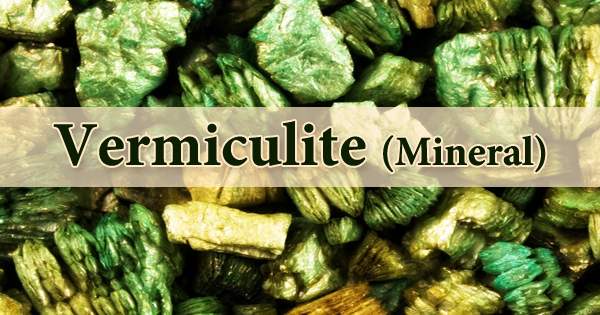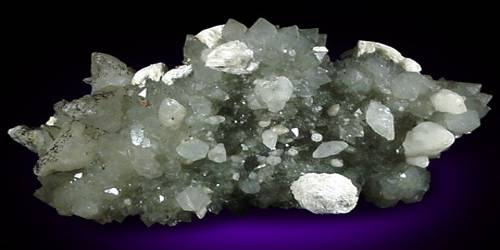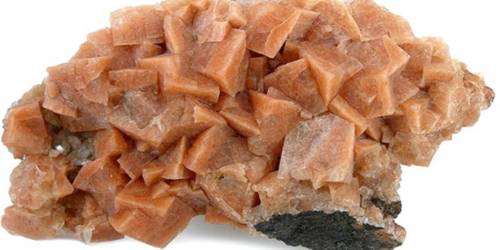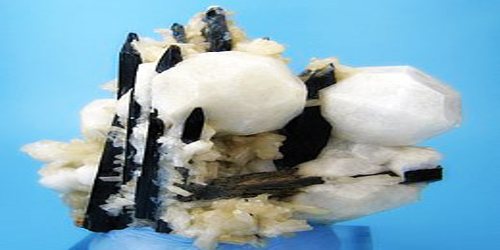Vermiculite is a hydrous phyllosilicate mineral that expands rapidly when heated and is used in construction and consumer products. It is non-combustible, highly absorbent, pH neutral, inert, non-reactive to all but very strong acids, and compressible, and it saves energy when used as insulation. Weathering or hydrothermal alteration of biotite or phlogopite produces vermiculite. The United States of America, Russia, South Africa, China, and Brazil all have large commercial vermiculite mines.
For gardening with vermiculite, we can find it in potting soil or buy it separately in four different sizes. Use the smallest size of vermiculite as a growing medium and the largest size for better soil aeration when germinating seeds. From 1925 to 1990, vermiculite mined near Libby, Montana, accounted for more than half of global vermiculite output. It was contaminated with asbestos and asbestos-like fibers. Staff in the region and in the construction, industry have suffered severe health issues as a result of their exposure to these fibers at work.
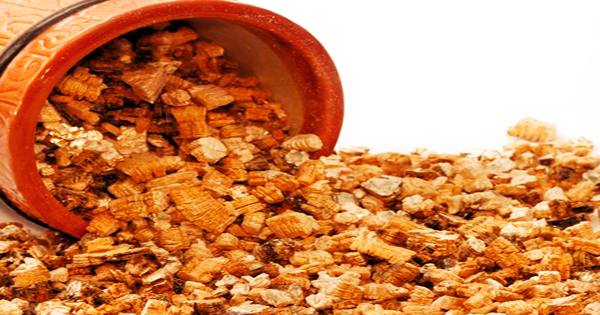
Vermiculite was discovered in Millbury, Massachusetts in 1824 and was the first to be identified. Its name comes from the Latin word ‘vermiculare’, which means “to breed worms,” referring to the way it exfoliates when heated. It’s the name for a group of hydrated laminar minerals that resemble mica (aluminum-iron magnesium silicates). Horticultural vermiculite is expanded into accordion-shaped pellets made up of several layers of thin plates using a lot of heat. It is long-lasting, odorless, non-toxic, and sterile, and will not rust, deteriorate, or mold. By heating the raw flaky mineral, vermiculite is extended (exfoliated). The amount of the exfoliated (expanded) granules is several times greater than before heating, and they are more concertina formed, lighter in color (golden to light greyish brown, often silvery gold), and less thick.
Vermiculite forms as an alteration product when felsic and mafic or ultramafic rocks, such as pyroxenites and dunites, collide. Carbonatites and metamorphosed magnesium-rich limestone also contain it. Environmental and other occupational exposures to asbestos-contaminated vermiculite continue to be a source of concern. Vermiculite is safe to use in the form that it is mined and used today, as long as strict industry guidelines are followed. Vermiculite has a long history of use in gardening, commercial horticulture, manufacturing, and also as a UN-approved packaging material for certain hazardous liquids.
Vermiculite has a neutral pH of 7.0, but its reaction is alkaline and is dependent on the source from around the world. It’s very light and blends well with other mediums. It’s a 2:1 clay, which means that for every octahedral sheet, there are two tetrahedral sheets. It’s a clay with a medium shrink-swell potential and minimal expansion. At 100–150 meq/100 g, vermiculite has a high cation-exchange capacity (CEC). Vermiculite clays are weathered micas with magnesium and iron ions replacing potassium ions between the molecular sheets.
Vermiculite is currently sourced from a variety of countries around the world, with deposits found on every continent, and manufacturers inspect vermiculite for the presence of asbestos to ensure it is safe to use. Although some vermiculite end processors and exfoliators specialize in proprietary products marketed across a broad range of sectors, others have a wider range of end products and less strict technical specifications. Some vermiculite exfoliators also incorporate low-cost perlite. From the early 1940s onwards, vermiculite was widely used as a loose fill insulation, especially in attics in domestic residences.
However, in the last two to three decades, its use in domestic housing has decreased, and it has been mostly replaced by manmade mineral fibres such as rock wool and glass fibre (fiberglass). Depending on the commercial product, vermiculite, other industrial minerals, and extended polystyrene are used in spray-applied fireproofing products today. These products’ ingredients must all meet stringent regulatory requirements, especially in the United States and Europe.
While not all vermiculite contains asbestos, until the early 1990s, some products were manufactured with asbestos-containing vermiculite. Vermiculite is commonly used in industrial greenhouse potting soils and seedling production as a beneficial additive. It can be found in a variety of high-quality branded market “composts” and potting mixes sold at garden centers and horticultural supply stores. In flower pots and houseplant containers, vermiculite mixed half and half with soil, peat, or compost removes compacted soil while providing excellent aeration, minimizing watering frequency, and enabling root spread.
Vermiculite mines around the world are now required to screen for asbestos on a regular basis and sell asbestos-free goods. It is often used in passive fire prevention products in high-rise construction projects to improve fire safety by preventing the premature collapse of a burning building, allowing for a safe evacuation and saving lives. Vermiculite is a non-toxic mineral that does not contain asbestos. Apart from asbestos, impure vermiculite may contain minor diopside or remnants of the precursor minerals biotite or phlogopite.
Vermiculite is used in industry to insulate high-temperature kilns and furnaces, as well as to improve the efficiency and environmental sustainability of waste combustion plants, which helps to minimize greenhouse gas emissions. Vermiculite has been used to safely replace toxic asbestos in brake linings in automobiles and industrial vehicles in the automotive industry. In household wood-burning stoves, pressed and molded vermiculite boards are used to increase combustion efficiency and reduce unnecessary emissions. Low concentrations of amphibole minerals, which are not the same as asbestos, can be found in some existing vermiculite deposits. As a result, the presence of amphiboles in vermiculite (or any other mineral or rock product) does not always imply the presence of “asbestos.”
Information Sources:
